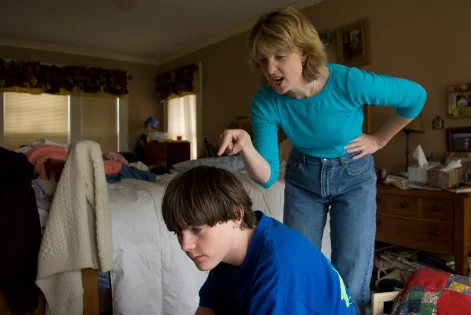+1 845 259 2974 (11 a.m to 7 p.m CST)
Teen's excessive use of computers can be a risk to their bones

The skeleton is continuously growing from birth until the end of teenage years when humans reach pinnacle of bone mass and the body has maximum strength and size. Nutrition factors as well as physical activity can adversely affect your bone health. A recent study by Norwegian researchers reveals the link between weaker bones and the time teenagers spend in front of computer screens. Several studies in the past have examined health issues concerning the use of computers.
Old Congress on Osteoporosis, Osteoarthritis and Musculoskeletal diseases was held in the first quarter of this month where researchers from Norway presented a study that shows higher screen time lessens the Bone Mineral Density (BMD) in boys on all sites of the body even if it has adjusted to a particular type of lifestyle. Researchers also pointed out that greater computer use on the weekends subsequently leads to a lower bone mass density.
The research
The data for the research investigating the health risks of computer use was collected from 463 girls and 465 boys between the ages of 15 through 18 years from the region Troms, Norway. The students took part in this study in the year 2010-11. Almost 90% of students in the first year of high school were assessed. BMD at total hip, femoral neck and total body was measured by DXA (dual-energy X-ray absorptiometry). To collect lifestyle variables, self-administered questionnaires were filled by the respondents. These questionnaires included time per day during weekends that teens spent in front of the computer screens and the time spent in leisure time physical activities. A multiple regression model was used in order to analyze the link between BMD and screen time. In the multiple regression models, adjustments were made for age, sexual maturation, BMI, leisure time physical activity, smoking, alcohol, cod liver oil and carbonated drink consumption.
The results
The results to the survey were not surprising. Researchers found that boys spent more time in front of television or computer screens as compared to girls. In contrast to the boys, girls who spent 4-6 hours in front of the computer had higher BMD than counterparts who spent less than 1.5 hours screen time each day -- and this could not be explained by adjustments for the different parameters measured.
Dr. Anne Winther, the lead author of the study and a resourceful part of Arctic University, Norway, says that a lower bone mass density is a predictor of bone fractures later on in life. The findings for teenage boys clearly indicate that sedimentary lifestyles during adolescence can lead to a lower bone mass density.























